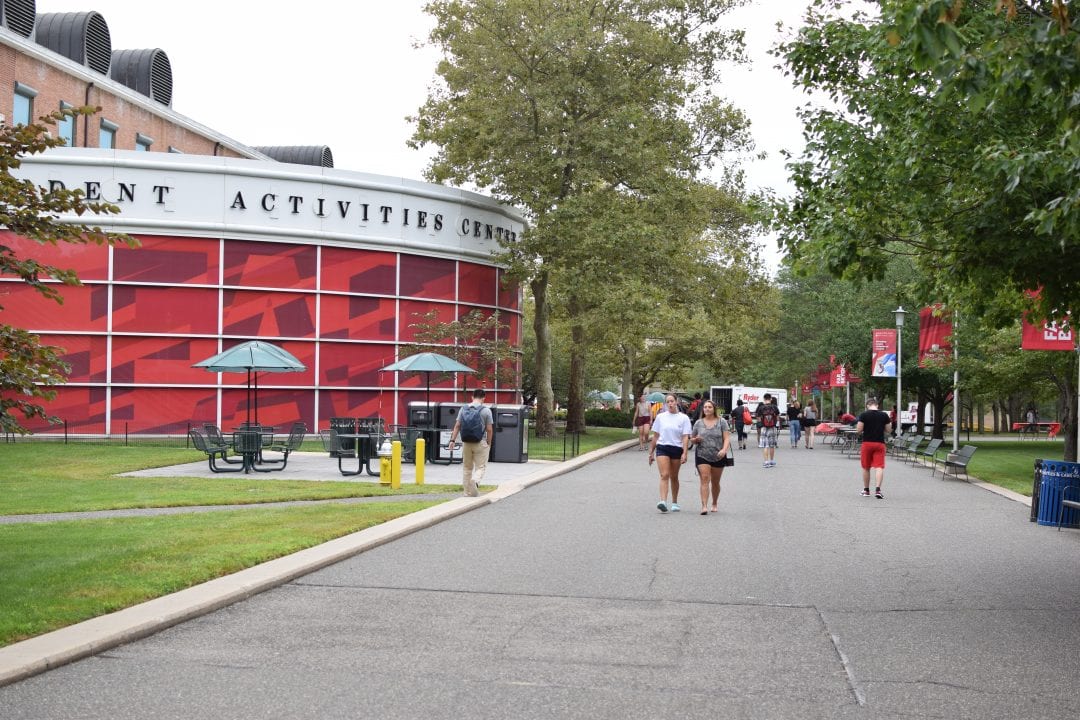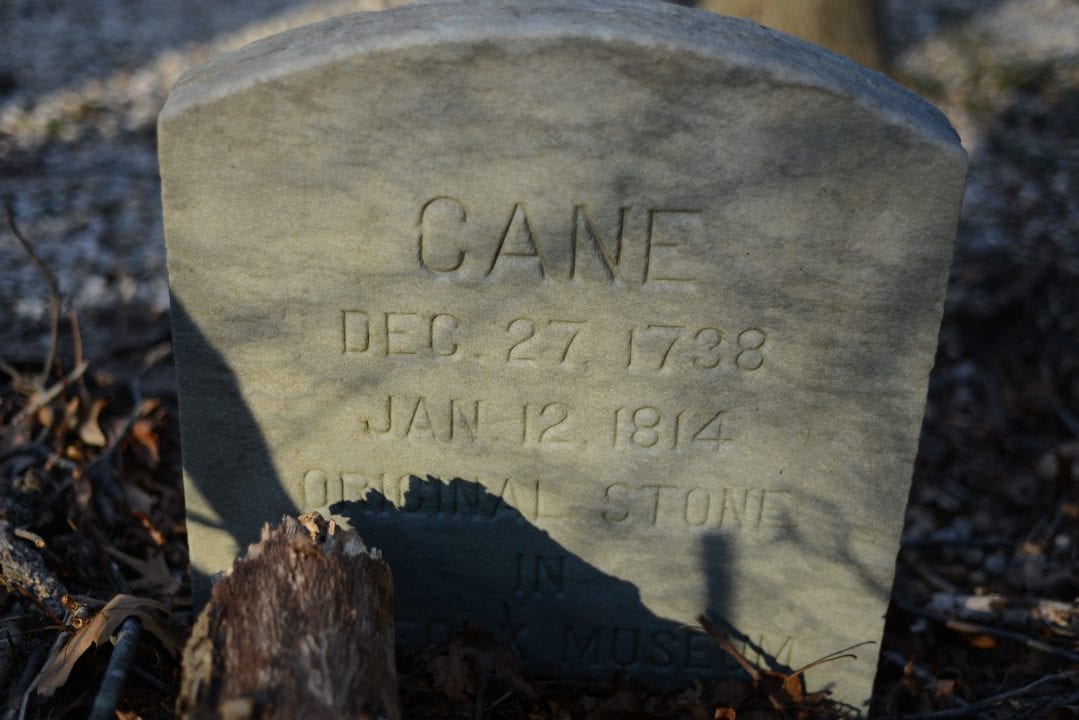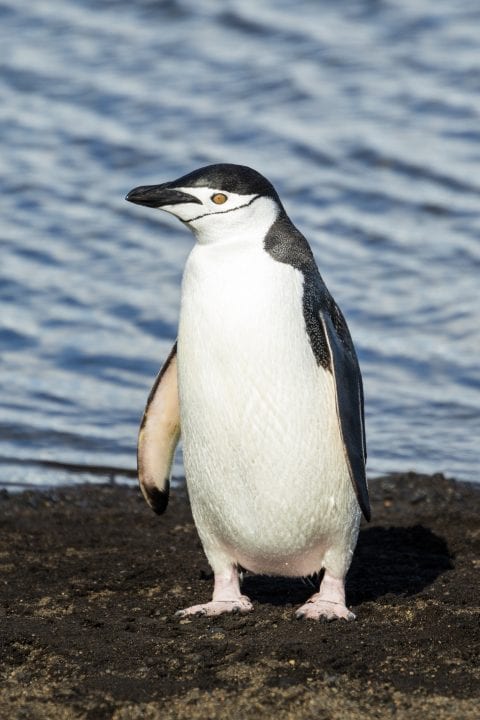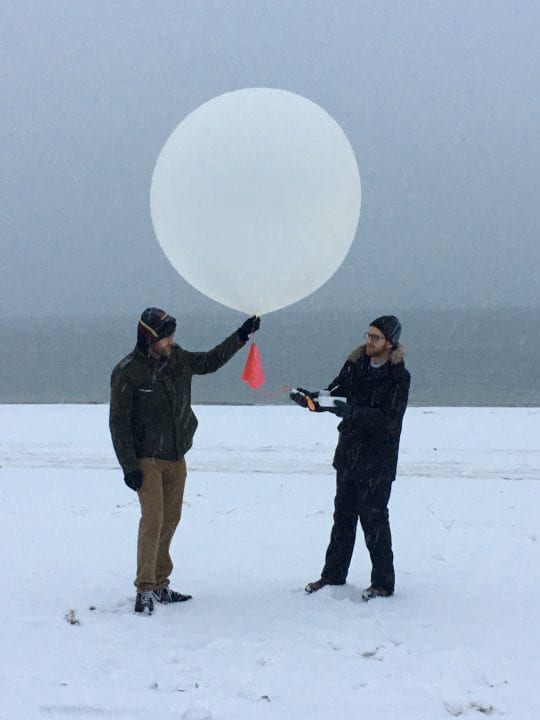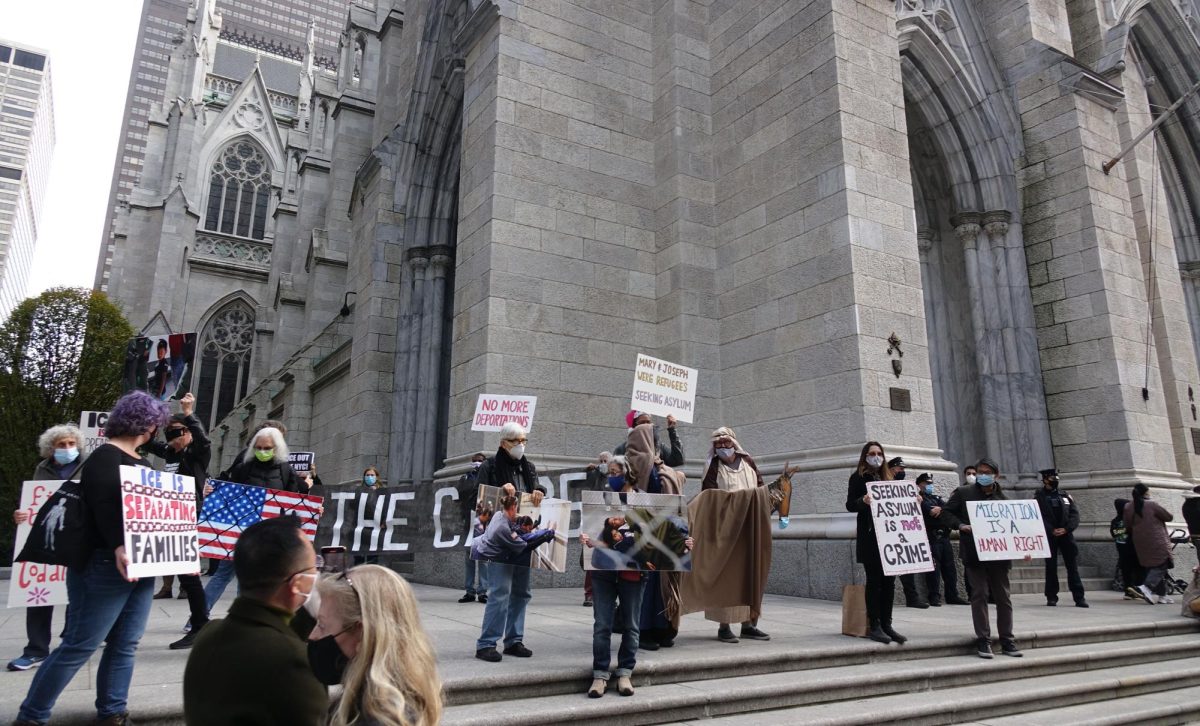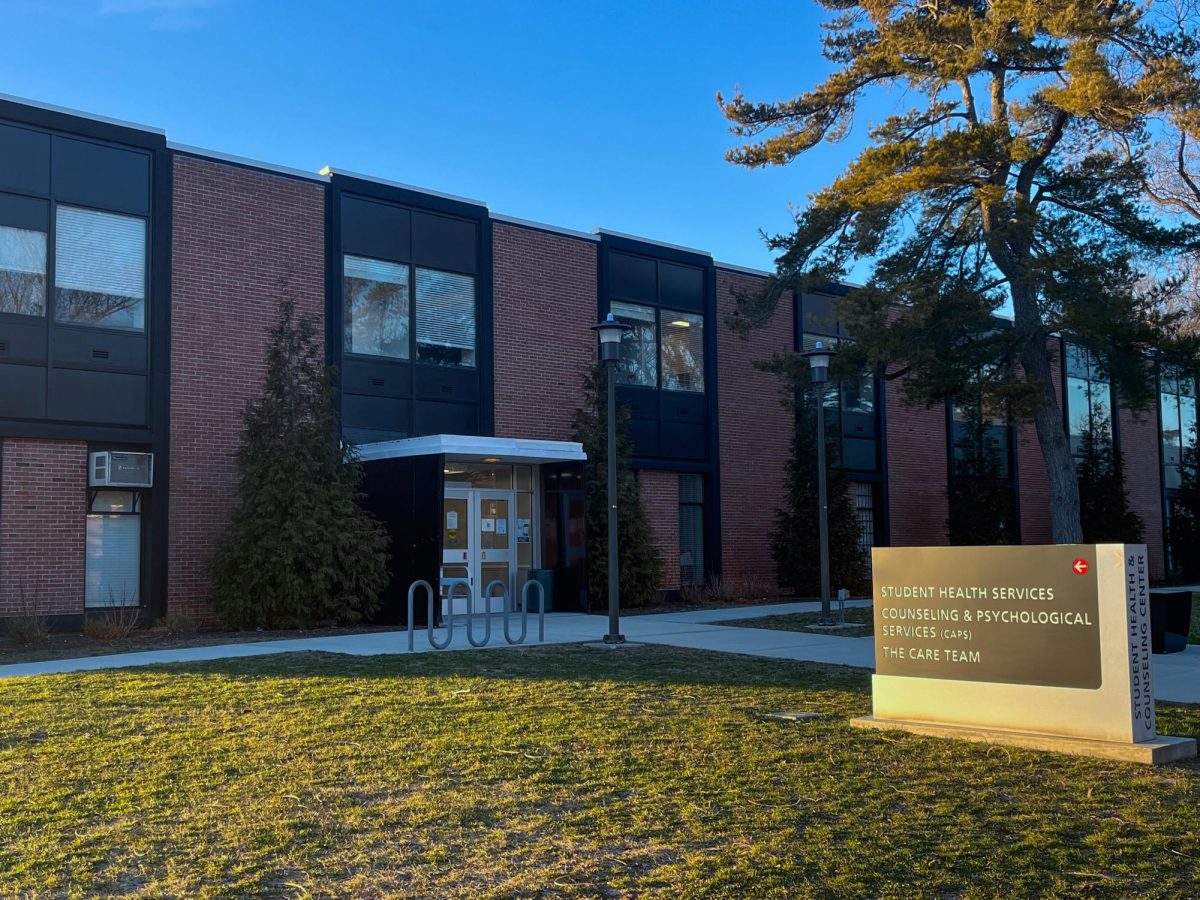
On a week-long trip to Yosemite, my friends and I went to Yosemite Theater to hear John Muir impersonator, Lee Stetson, tell stories about his (Muir’s) dog, Stickeen, and Other Fellow Mortals (what Muir called animals). Stetson, who was featured on Ken Burns’ National Parks documentary series, rambled as “the Father of the National Parks” with stories about meeting a grizzly bear, seeing rivers of passenger pigeons fly across the sky before they were hunted to extinction and crossing glaciers with Stickeen.
This was my formal introduction to nature writing. I still have not read Ralph Waldo Emerson, Henry David Thoreau or very much Walt Whitman. But these writers — along with countless others — show how aware humanity is about the spiritual importance of our environment. It inspires poetry, reveals secrets of good living and presents mysteries.
New approaches in scientific study are revealing physical benefits of nature, as well. As documented in books like “The Nature Fix” by Florence Williams, short-term exposure to nature (think a 20-minute walk) noticeably calms the body. A 2016 review on the human-nature relationship and its impact on health published in Frontiers in Public Health found that exposure to nature positively impacts physical, mental and social health. This and other studies have led to an attempt to inculcate elements of nature in buildings and cities called “biophilic design.”
This kind of design can be seen in Singapore’s Gardens by the Bay or Milan’s Bosco Verticale. Buildings are built with lattices for weeds to grow on or with room on the porches for small trees.
With more of these added benefits of nature being discovered and studied, it is time to reframe environmentalism to reach more people. This isn’t a hippie thing. More trees improve the quality of life in many different ways. Maintaining species diversity keeps our flora pollinated. Manufacturing less plastic improves the healthfulness of our seafood. We need to serve the world, because it is so much greater than us. The Earth is our tool that we can use to be more productive and to grow. Just as we sharpen our knives and press our shirts, we need to take care of Earth.
Besides just promoting good practices, we can do small things ourselves. There are guided nature walks around campus, like the Bramble Rambles: a guided nature walk through the Ashley Schiff Park Preserve on April 19, throughout the semester. Long Island has some nice places to hike if you need to relax or to experience poetic revelation. While you’re out there, pick up any trash you find littered on the way and clean the world that we’re all a part of.
Stony Brook, a stressful college, could promote biophilic design around its buildings. We can seed ivies on the larger buildings across campus. Besides naturally improving air quality through photosynthesis, the extra green would improve the mental and social health of the students here.
We can also spend our Earth Day reading something to appreciate the world we’ve been given. Henry Wadsworth Longfellow has some great poetry about nature. More recently, Helen Macdonald has written books and short stories exploring the role of wild animals in today’s urbanized world.
Sometimes it feels like if I don’t buy an electric car or if I don’t go vegan, I don’t really care about the planet. But it doesn’t need to be so extreme. By making little decisions and appreciating the nature we have, we become a society that cares for its tool.
I clean up my house room by room. To clean the entire house at once is already a few days affair. So, let’s clean up our Earth bit by bit.
Turn a light off for Earth Hour. Read and talk about the beauty of nature when you can. Celebrate Earth Day every day.







